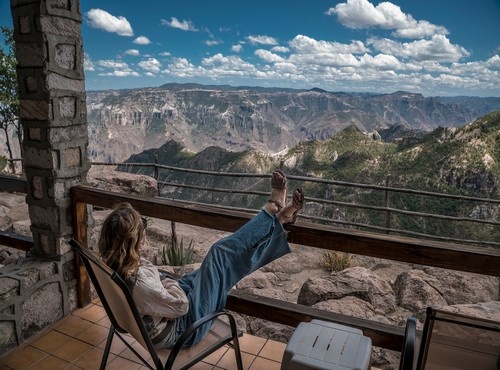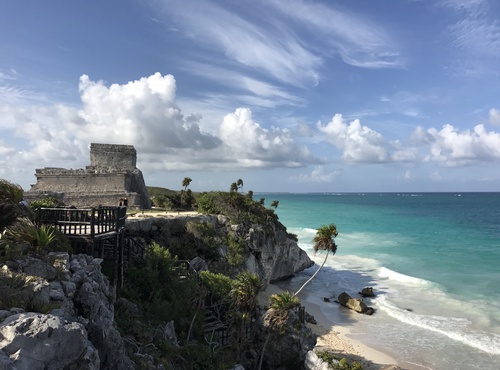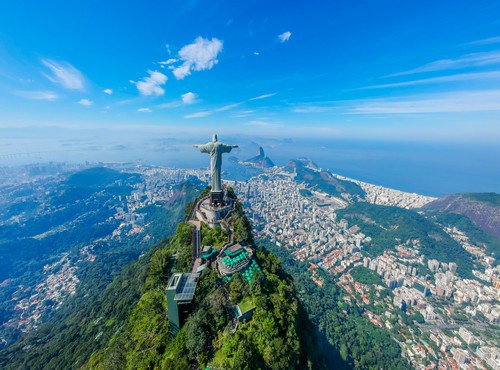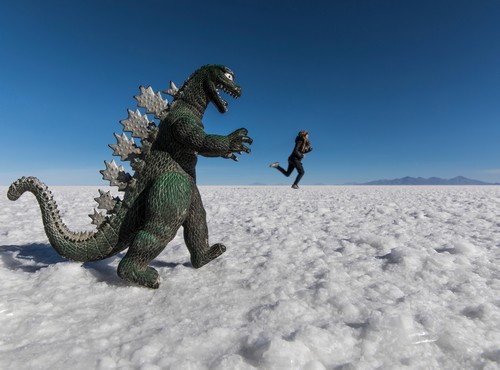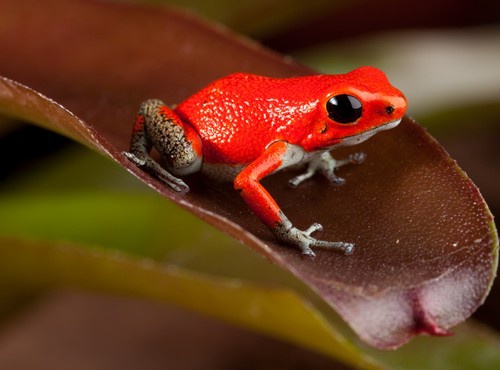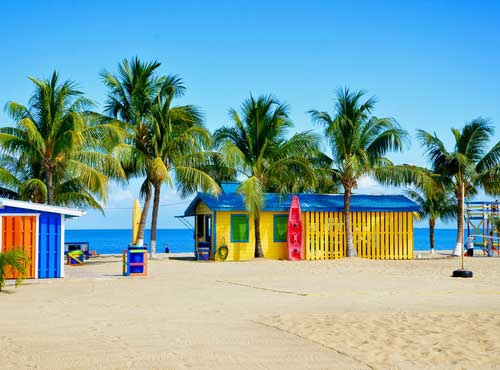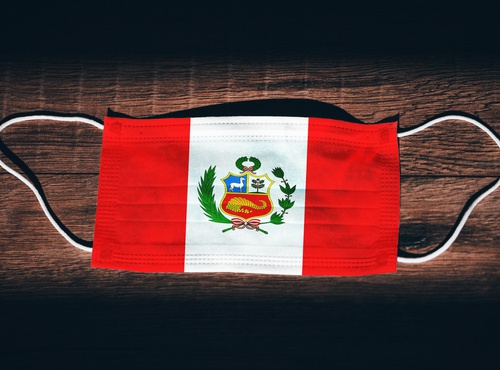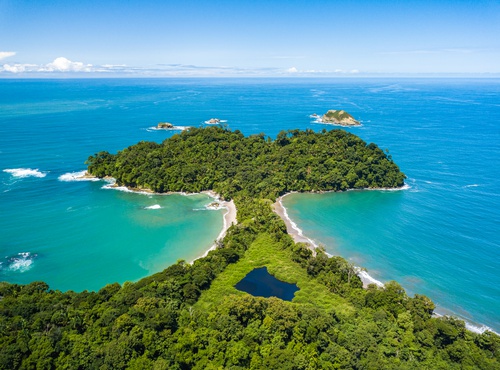
Written by:undefined undefined
Published: 10-12-2021
The Galapagos Islands are an incredible archipelago more than 1000km off the coast of Ecuador's mainland. This group of 21 islands in the Pacific Ocean, are home to some of the rarest animal species on the planet. Depending on which islands you visit in this UNESCO World Heritage Site and protected national park, you can appreciate Galapagos tortoises, blue-footed boobies, marine iguanas, and Darwin's finches. There are playful penguins, frolicking sea lions, cautious crabs, amazing albatrosses, happy-go-lucky hammerhead sharks, and spectacular sea turtles—all completely unaffected by human visitors. The Galapagos Islands are a place like nowhere else on earth, so which Islands should you choose to visit?
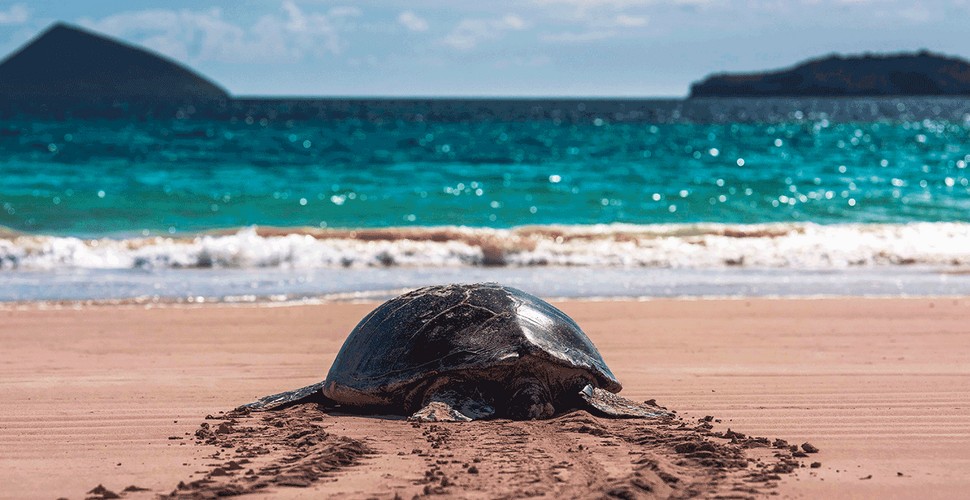
Galapagos sea turtle
Floreana Island
Floreana is one of the largest Galapagos islands, and one of the few that Charles Darwin actually visited. It's located on the far south of the archipelago and home to Cormorant Point, an excellent island for spotting pink flamingos and an easy walk from the island's unusual green sandy beach—created from olivine crystals mixed into the sand. You can find nesting sea turtles, lazing sea lions, sally light-foot crabs on the volcanic rocks, and rays of all different varieties swimming in the shallows. Floreana is the setting for "The Galapagos Affair," a historical documentary about a true-crime tale that took place in the 1930s involving European expats. Watch it before you visit to give you a distinct perspective about the remarkable island.
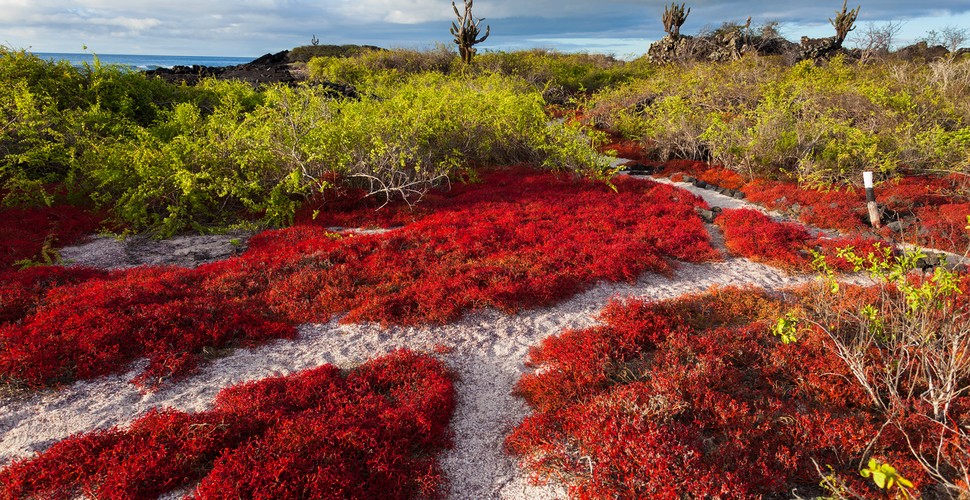
Floreana Island
Santa Cruz Island
Measuring 500 square kilometres, Santa Cruz is the second largest island in the Galapagos. It's central position and a sprawling dormant volcano that houses the Charles Darwin Research Station with decades-worth of scientific data relating to the islands, as well as a natural history collection showcasing the sheer biodiversity found here. Santa Cruz's Puerto Ayora is the largest town in The Galapagos with a population of 12,000 people, where you can find hotels, restaurants, cafes, and bars. It is just a 2km walk to Tortuga Bay and its spectacular white sand beach with a cove for swimming with the white tip reef sharks. Visit Dragon Hill, an easy hike that leads past cactus forests to the aptly named central feature, a hill that's covered with land iguanas, and makes a great overlook for spotting flamingos in the nearby salt water lagoon. There are also naturally formed underground lava tubes you can walk through, and the El Chato Tortoise Reserve…. a great place to see giant tortoises in their natural habitat.

Giant tortoise on Santa cruz
Genovesa Island
While blue-footed boobies are a Galapagos focal point, the red-footed version, are also an island highlight and you are almost guaranteed to see them on Genovesa island. Found in the archipelago's northeast region this uninhabited island is in the form of a horseshoe. The smallest of all booby species, red-footed boobies can be found nesting in the island's trees and bushes, unlike the blue-footed boobies, which generally nest on rocky islands, with little vegetation. Genovesa island has a number of bird colonies and why it is known as “Bird Island.” The island is home to both red-footed and Nazca boobies, as well as Darwin's finches, swallow-tailed gulls, and frigate birds. Genovesa is also home to the smallest marine iguana found in the Galapagos and its nutrient-rich waters attract hammerhead sharks.
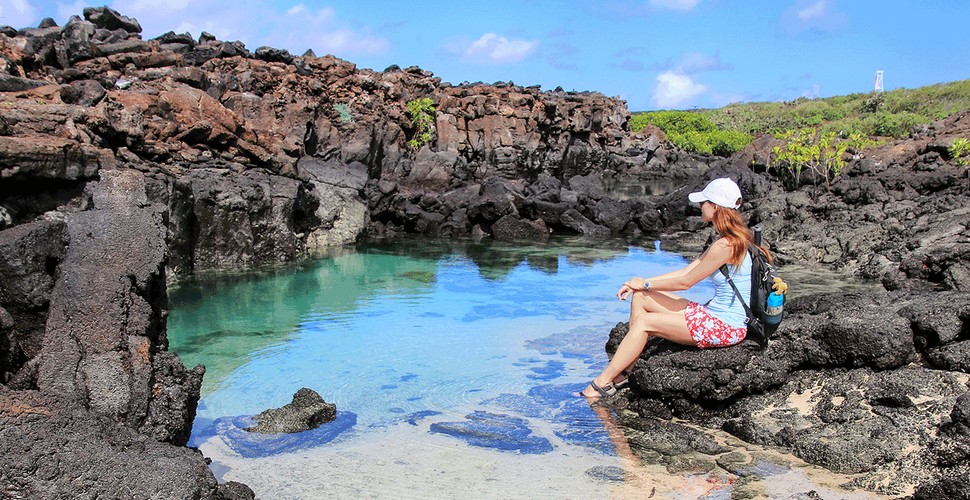
Genovesa Island
Isabela Island
The Isla Isabela is the largest Galapagos Island, with open lava fields and at higher elevations, red mangrove forests that is made up of 5 active volcanoes. It's home to Puerto Villamil, a remote port village with a population of 2,200, as well as Flamingos Lake, where you can find pink flamingos in numbers. Isabela's Moreno Point is excellent for penguin spotting and its Arnaldo Tulisa Breeding Centre breeds all five subspecies of giant tortoise, native to the island. They will spend approximately 6 years here before returning to the wild, and the centre provides an excellent opportunity to view them up close. Pay a visit to the Wall of Tears, a massive wall built by prisoners who were part of a penal colony here in the years after WWII.
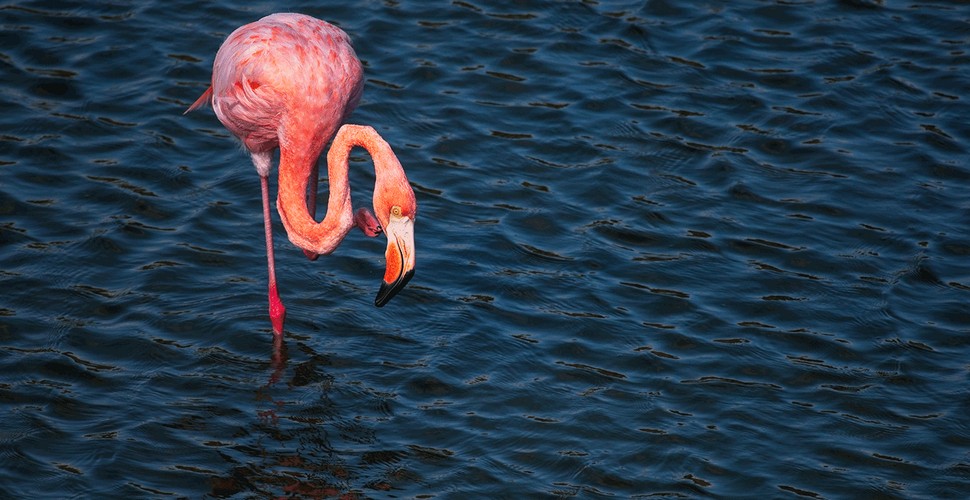
Galapagos Flamingo at Puerto villamil
Fernandina Island
Fernandina Island is the third largest Galapagos Island, an active shield volcanic island that is constantly evolving with new and ever-spreading lava fields. It's also the youngest and westernmost island in the archipelago, but well worth a visit for its wildlife and pristine setting. You can see elusive penguins, the largest population of flightless cormorants in The Galapagos, and the biggest iguanas. Fernandina also boasts a fascinating, miniature forest that's evolved without any soil. This remains the Galapagos' most volcanically active island, and one with only endemic species, living there. Punta Espinoza is one of the largest marine iguana colonies in the Galapagos, which can frequently be found lounging along the black lava rocks. A newer access point for visitors to Galapagos National Park is Fernandina's Mangle Point, a great snorkelling spot where you can swim alongside playful sea lions, inquisitive penguins, marine iguanas, and other species.
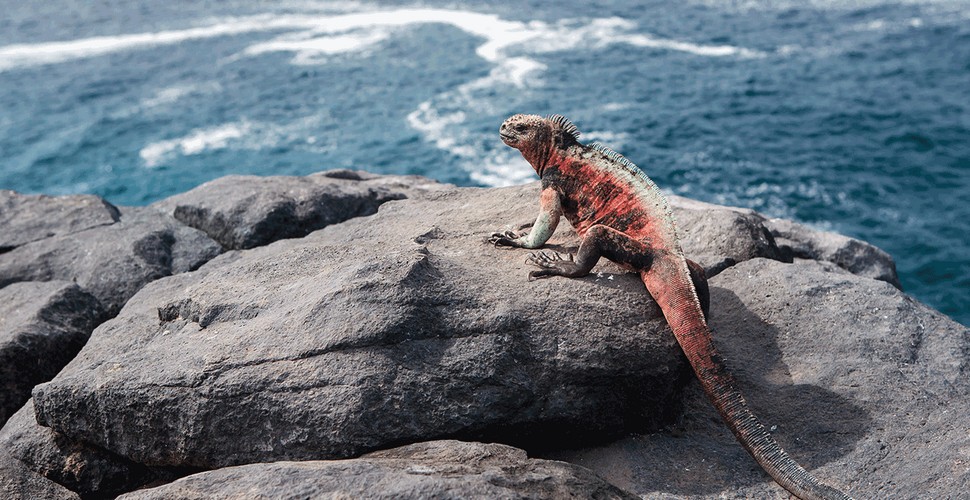
Marine Iguana
South Plaza Island
This tiny Galapagos island packs some stunning endemic flora into its small space and is home to wildlife such as swallow-tailed gulls, yellow warblers, and sea lions. Depending on the season, South Plaza's sesuvium-covered landscape can turn from lush green to bright red, orange, and purple in drier months. Prickly pear cacti pop up across the landscape, where a rare breed of hybrid land and marine iguanas reside.
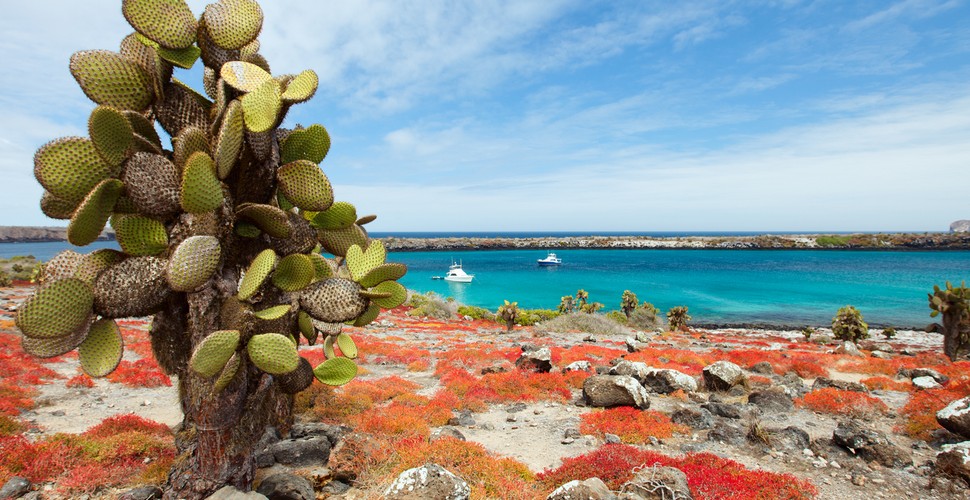
South Plaza island
North Seymour Island
As if blue-footed boobies weren't entertaining enough, their mating ritual is something to be marvelled at! North Seymour Island is a small unpopulated island just north of Baltra Island that's known as an ornithologist’s paradise. You can spot swallow-tailed gulls, tropicbirds, and Nazca boobies, as well as eye-catching frigate birds nesting in the trees all year-round. Land iguanas, introduced from neighbouring Balta, sea lions and an array of sea-life, including tiger sharks, Galapagos sharks, sea turtles, and manta rays, live in its surrounding waters, making it a top-spot for divers and snorkellers, visiting the Galapagos.
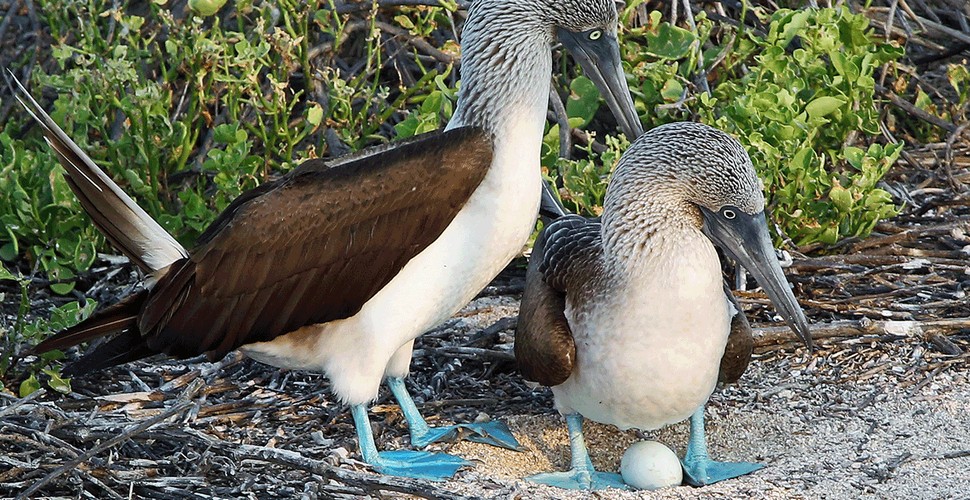
Blue-footed Boobies and their egg!
Española Island
The southernmost island in the Galapagos and one of its oldest, at an estimated 4 million years old, Española is abundant with different wildlife species. A trail that begins at a small lighthouse and passes by curious sea lions, Nazca boobies, blue-footed boobies, Darwin's finches, and swallow-tailed gulls, on the way to a natural blowhole, that sprays water into the air. Española island has some extremely amazing wildlife features: including its “Christmas iguanas,” which turn red and green during mating season; the waved albatross, a rare species endemic to the islands, which breed between March and January, with their own distinctive mating ritual. Their wobbly take-offs, resulting in graceful flights, due to their massive wing-span, are also a sight to behold. If relaxing on the beach, with sleeping sea lions is more your pace, the island's white sand beach at Gardener Bay is perfect for kicking back.
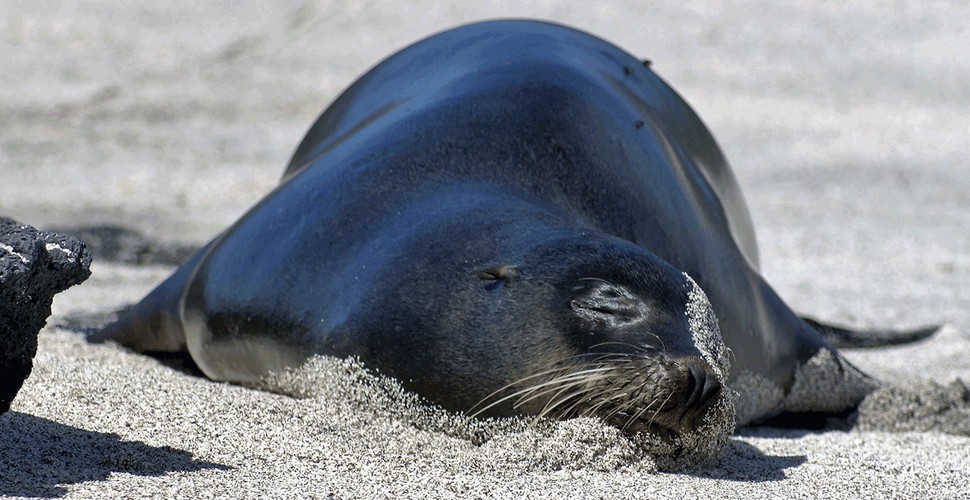
snoozing seal
The Galapagos are remarkable and these are only a few of the highlights and experiences available to visitors to this unique part of the world.







